About five years ago, I started working on landscaping my new place, around two acres of land, and I really wanted to create a place for both wildlife food and people food could be grown, as well as some wildlife habitat.
For wildlife habitat, what started as a compost pile, trying to make leaf mold for my container plants became a wildlife habitat, where all of the extra limbs, branches, nuisance/cut-down trees, limbs etc are piled up. You'd think that two acres of land wouldn't be that difficult to maintain, but we have falling branches from maples, pines, camphor, sweet gum, oaks, etc all of the time. I also put up a bunch of plastic gourd birdhouses and a small wooden birdhouse I built.
In this habitat, skinks, snakes, birds, and toads can nest, lay eggs, or hibernate. Occasionally, leopard frogs will use an area like this too. A lot of rabbits try to use it as well, but my dogs keep them out, probably a good thing though, because I don't want them chewing up and killing all of my apple trees!
Before the land was fenced in, we also had deer that came on our property almost every night. I've seen them a few times but more often seen their tracks, but also due to the dogs, it was fenced in.
What was (and still is) here when I moved in were two camphor really nice trees, too many sweet gums, several oaks, a few southern magnolias, a few types of muscadines, Japanese honeysuckle, dandelions, red maples, a sycamore, white mulberry, dogwoods, wax myrtles, and chinese tallows. I know that camphor trees and tallows are highly invasive, but the wildlife really love them. Right now, there are at least three kinds of birds feasting on the tallow seeds. I'll soon be taking out one of the last tallow trees though, to make a slightly different access road to the property. I may end up taking out one of the large camphor trees as well.
There were also elderberries, which grew in the dense shade and never really grew very tall or produced berries because of it. Then, there are the various pecan trees that squirrels have planted. I pluck most of them out of the ground as soon as I see them, but a few were too large to get out easily, and eventually, they will provide some type of wildlife food and shelter, if not people food as well.
A few wild blueberries also grew on the border of the property line, although too far away from each other to pollinate. So, I dug most of them up and planted them closer together.
Two types of wild blackberries and one type of hybrid/tame dewberry was already here as well. I don't know the name of this dewberry, but one of the neighbors was said to grow it about 40 years ago, and it spread via self layering into this property, while they eventually cleared their land of it to make garden space for other stuff, like muscadines.
I'm not sure what wildlife would eat the dandelion greens in Florida, but the leaves and flowers can be fed to tortoises, some turtles, and various herbivorous and omnivorous lizards like iguanas, uromastix, maybe chuckwallas and bearded dragons as well. I use the leaves and roots for teas, but it can also be used to make wines, or even fried up with bacon they say. Some people roast and grind up the roots to make an herbal coffee. Lots of uses for what most consider a weed!
One of the first things I did when starting to work on this land was to get rid of the diseased red maples. There were two or three of them like this, but considering that there are a lot more on the property, it isn't that big of a deal.
Next, I added citrus in some of the higher areas, as well as several varieties of apple trees and a few quince trees. I read awhile back that the Russian quince varieties liked wet feet. So, this is one of the reasons I chose that in a low area.
I've also planted several varieties of named thorny and thornless blackberries on a trellis. Some of them should start producing their first fruits this year. Originally, I picked about nine varieties to try in the area, and only around four of those varieties seemed to survive. The surviving trailing or semi-erect blackberry plants actually have created several plants via tip layering themselves. Within the next couple of years, I'll probably have more blackberries than I know what to do with.
Along one of the fence lines, we also have two varieties of wild blackberries growing, especially under some of the pine trees. These pines are not in my property, but they do hover over it lol. For several years, I'd fought with the wild blackberries, but last year, I got a huge bunch of berries and used them in fruit drinks, mixed with blueberries, mango, peach, banana, etc. I've also made some muffins with them, and they were great, very earthy, sweet, fruity!
This year, I decided to train the wild blackberries on the fence, instead of just cutting as many out as possible. Hopefully, this years crop will be even more than last!
I've also gathered a few of the "tame" dewberry vines and put up a trellis for them and two of the wild blackberry types. In this area, they have full sun, as opposed to part shade, and they will be fertilized and fed, and we'll see if they produce more (and better) blackberries than the ones that have little or no attention. This is mainly just an experiment.
There are now four mayhaw trees planted on the property, one of them which I rooted myself. These are kind of like little crab apples, and some people say that they make the world's best jelly. I've eaten mayhaw jelly several times. It is good, but I don't know if I'd say it was the best!
I've also decided to pamper some elderberry plants, putting them in full sun, giving them proper aeration and food and fertilizer. So far, there have been four native elderberries planted, and I've ordered several other named varieties. Elderberries are such an overlooked plant, but they are really great for jam and even wines. I use to make elderberry and muscadine wine, using only about 25% elderberry wine and 75% grape, and it was really good.
Elderberry flowers are also said to be good battered and fried like a fritter. There are also health stores selling elderberry juice. You can also make elderberry syrup with them, not to mention they do have some wildlife benefits as well. I'm waiting on these varieties: two blue seedlings, black beauty, thundercloud, john, and adams.
There were bronze muscadines already on the property when I started working on it, but last year, I went out and ordered several other varieties, all black and red ones.
Paw paws are another plant I've been trying to get going here for a few years. I've got two small plants growing and have 15 more on the way. They are attractors for the zebra swallowtail butterfly!
Aronia berries are also another thing I'm waiting on, for low areas and such. Aronia berries are becoming like a super fruit, high in antioxidants and such and is now being marketed in health food and fruit juice sections of grocery stores, usually mixed with blueberry and/or pomegranate juice. Birds apparently like these berries too.
As for other types of berries, I've got 12 named blueberry trees coming soon in the mail, and I'm probably going to try a few autumn olive bushes. I planted a sweet scarlet goumi a year or so back and really like it and hope to get some cuttings rooted from it.
For now, I've also got one pindo/jelly palm planted but may plant a few more.
One of the plants I can't wait for (to fruit) are the Pakistan mulberries I've planted. The white mulberries already here are really sweet, kind of like sugar, but they don't have much flavor. The birds really love them though! Mulberries can be used for wines and jams, probably in drinks, muffins, cakes, etc as well. The leaves can be used to feed herbivorous and omnivorous reptiles. Another plant with many uses and wildlife benefits! I plan to get a black beauty mulberry one day too.
I've planted a few passion flower vines as well as butterfly weed, for butterfly attractors and larvae food. Two varieties of fig trees have been planted, one a black mission, and I'll probably put one or two more varieties in the future.
For nut trees, I've got two dunstan chestnuts planted in the ground and have a few other blight-resistant varieties on the way. I've also planted a Giant fuyu persimmon tree and plan on planting several other varieties of asian and asian/american hybrids. Last, I'm considering putting some american plums in the low areas of the property.
Well, that's the plan so far, for my wildlife and people food plantings! I'll have coons, squirrels, birds, lizards, snakes, frogs & toads, and oppossums for neighbors for life now :/
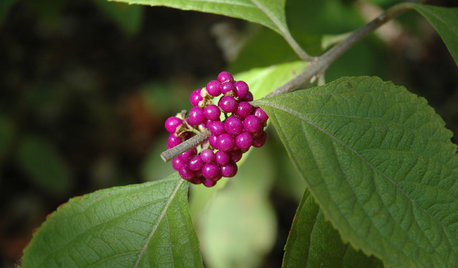
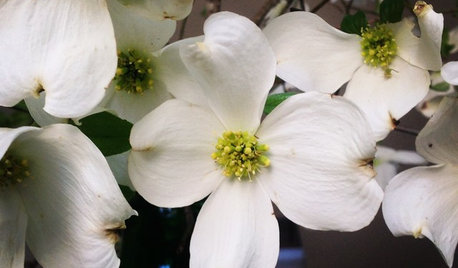
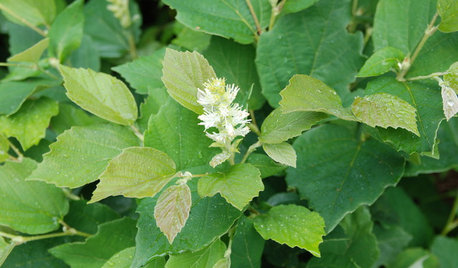
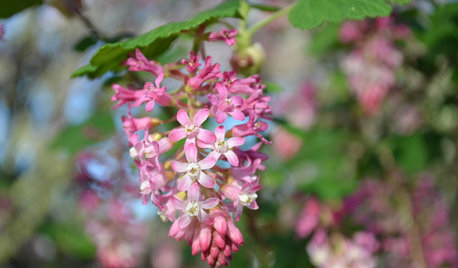
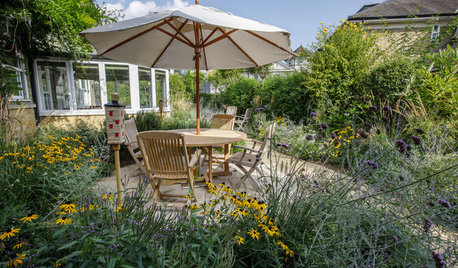
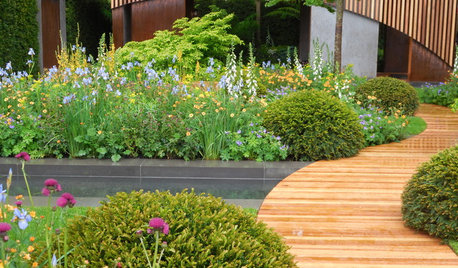

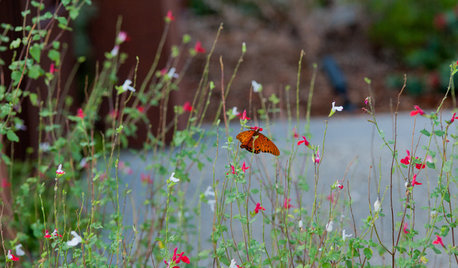

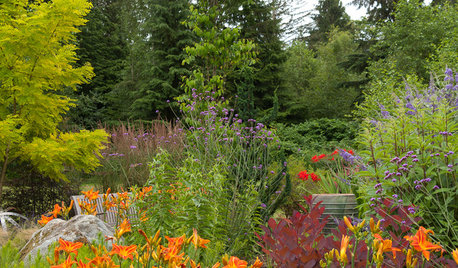



pondwelr
xentar_gwOriginal Author
Related Discussions
Help critique front native wildlife garden plans
Q
Wildlife gardens
Q
honeybees in the wildlife garden
Q
New group for wildlife gardening
Q
xentar_gwOriginal Author
christie_sw_mo
xentar_gwOriginal Author
xentar_gwOriginal Author
christie_sw_mo
xentar_gwOriginal Author
xentar_gwOriginal Author